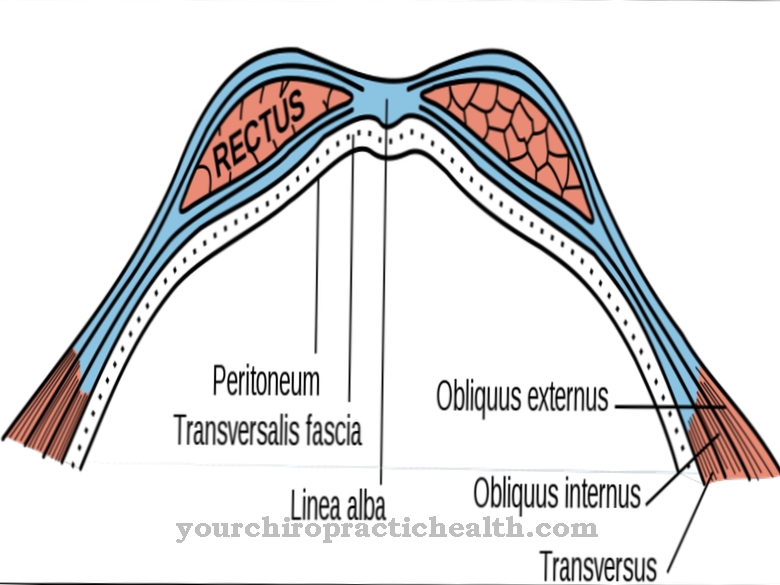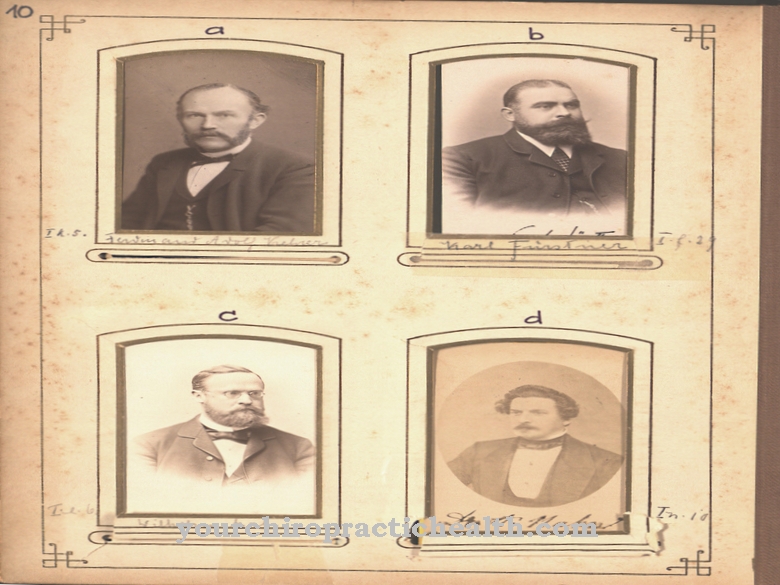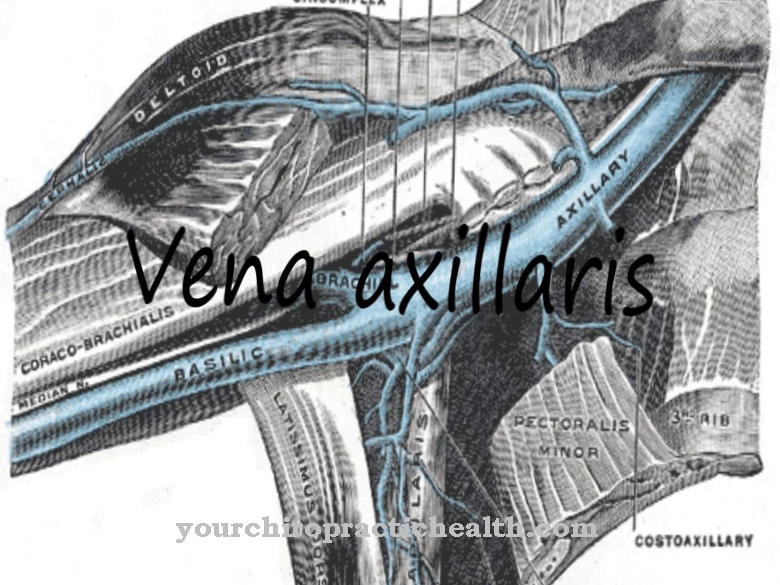Of the CSF space corresponds to a cavity system in the central nervous system. In the so-called inner CSF space, the production of the cerebral fluid takes place, which is reabsorbed in the outer CSF space. Extended liquor spaces cause pathological phenomena such as the head of water.
What is the CSF room?
The neurologist understands the CSF space to be a system of cavities that runs around the brain and the spinal cord. This cavity system is filled with a crystal-clear liquid, which is also called liquor or brain water. The fluid in the cerebrospinal fluid washes around the brain and the spinal cord permanently.
It plays an increased role in neurological diagnostics, since a CSF sample can be used to determine, for example, inflammation and bleeding in the brain. Medicine differentiates between the inner and outer CSF space. The inner CSF space is formed by the ventricular system of the brain. The outer liquor space is also known as the subarachnoid space. The lateral and median apertures are openings in the fourth cerebral ventricle. These openings connect the two liquor spaces. The individual rooms of the cavity system are in permanent communication. Liquor circulates in it continuously.
Anatomy & structure
The inner liquor space lies in the central nervous system and results from the cavities of the four cerebral ventricles, one behind the other. The choroid plexus is located in the inner liquor space. This structure is a ball-like and ateriovenous vascular convolution in the cerebral ventricles. The central canal completes the internal liquor space. This guide channel extends down into the spinal cord.
The inner liquor space is also in communication with the spaces of the inner ear. This communication takes place through a fine duct called the aqueductus cochleae, which contains the watery fluid from the inner ear. The inner ear fluid is also called perilymph. Because of the connection to the internal CSF space, its pressure depends on the pressure behavior of the CSF. The outer liquor space lies between the two meninges pia mater and arachnoid mater. It is slit-shaped and communicates with the internal liquor space via the fourth cerebral ventricle. The arachnoid mater is provided with protuberances, which are also known as arachnoid villi.
Function & tasks
The most important task of the CSF space is the production of the CSF. The cerebral fluid mainly takes on cushioning functions in the central nervous system and thus protects the brain and the spinal cord. In addition, many scientists assume that the liquor has a nourishing function. The fluid is produced in the choroid plexus of the internal liquor space.
Ultrafiltration takes place there to obtain liquor. This procedure filters the blood from large molecules. In this way, about 0.4 milliliters of liquor are formed per minute in the inner liquid space. A total of around 120 to 200 milliliters of the brain water formed in this way circulates in an adult. However, a total of 500 to 700 milliliters are formed per day. Around 500 milliliters of it are therefore not retained in the liquor space, but absorbed. Without this resorption the intracranial pressure would rise dangerously and cause phenomena like a head of water.
The sodium ions in the ultrafiltered fluid are therefore actively transported through the plasma membrane of the plexus epithelial cells in the inner liquor space. The resorption of the excess liquor finally takes place in the outer liquor space. In medicine, absorption means the absorption of certain substances by the body's own cells or tissues. The protuberances of the arachnoid protrude intracranially into the vein of the dura mater in the external liquor space. Through this laxative position, they take over the resorption of superfluous cerebral fluid.
Diseases
A dangerous event in the CSF space is the so-called subarachnoid hemorrhage. With this phenomenon, blood enters the CSF space. As a result, intracranial pressure increases because too much fluid circulates in the cavity system of the brain. Mostly, bleeding in the CSF space is due to a ruptured aneurysm. Subarachnoid hemorrhage can be life-threatening and manifest itself in early symptoms such as stiff neck, impaired consciousness or fainting.
Headaches and visual disturbances can also occur. As a rule, the doctor tries to pinpoint the source of the bleeding with this phenomenon. Ideally, the source can be surgically sealed. Only a third of these symptoms are benign. An even more well-known disease of the liquor spaces is hydrocephalus, also known as the head of water. In this disease, the CSF spaces are pathologically enlarged. Such an enlargement is usually related to an overproduction of CSF, as can occur, for example, in the context of meningitis. Congenital malformations of the brain can also cause a water head.
On the other hand, a tumor can also cause the CSF spaces to expand. If such a swelling impedes the circulation of the cerebral fluid, then the liquor-carrying cavities may expand in order to allow the liquor to pass through. If only the inner CSF space is enlarged, the neurologist speaks of a normal pressure hydrocephalus. The intracranial pressure increases significantly with this phenomenon. The intracranial pressure, however, remains normal.
This clinical picture is most often characterized by gait disorders, but can also lead to incontinence or dementia. Congenital enlargements of the liquor spaces are to be distinguished from these phenomena. Among other things, they can occur in the context of subcortical arteriosclerotic encephalopathy, also known as Binswanger's disease.













.jpg)

.jpg)
.jpg)











.jpg)